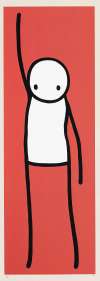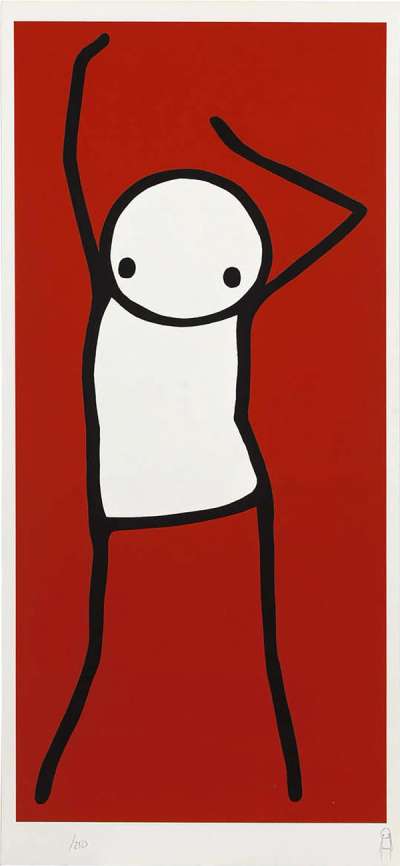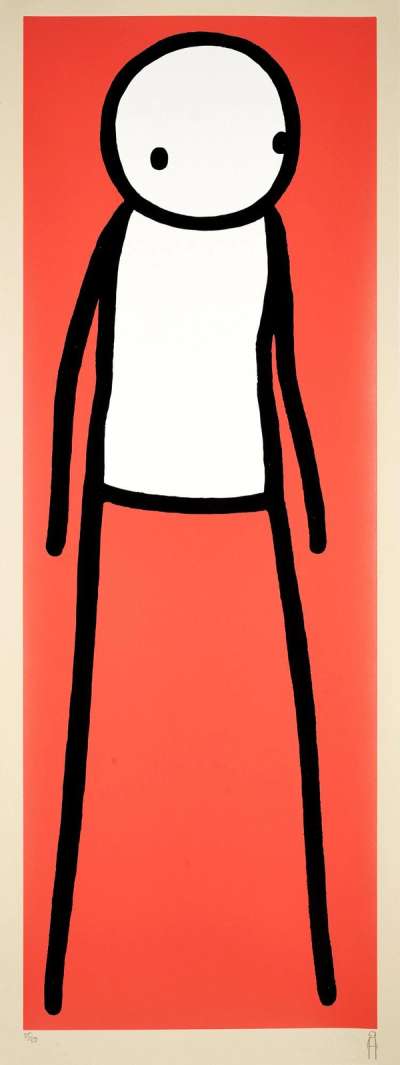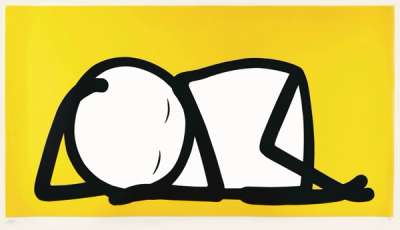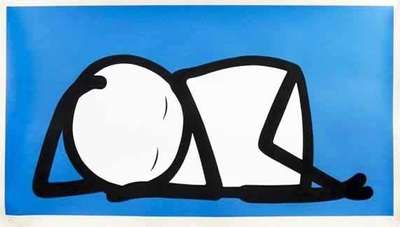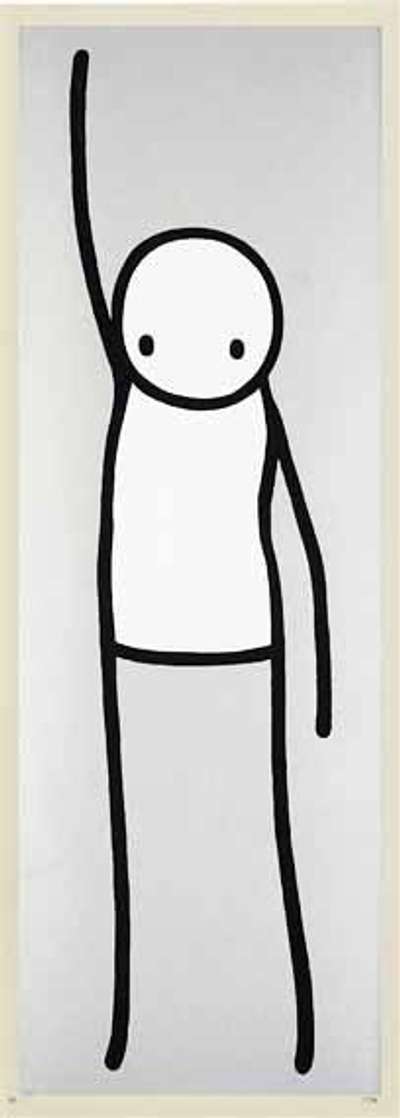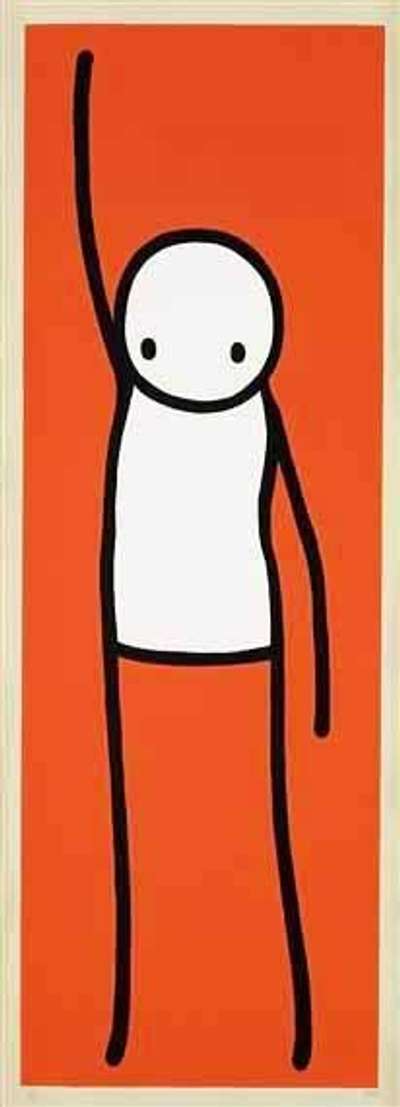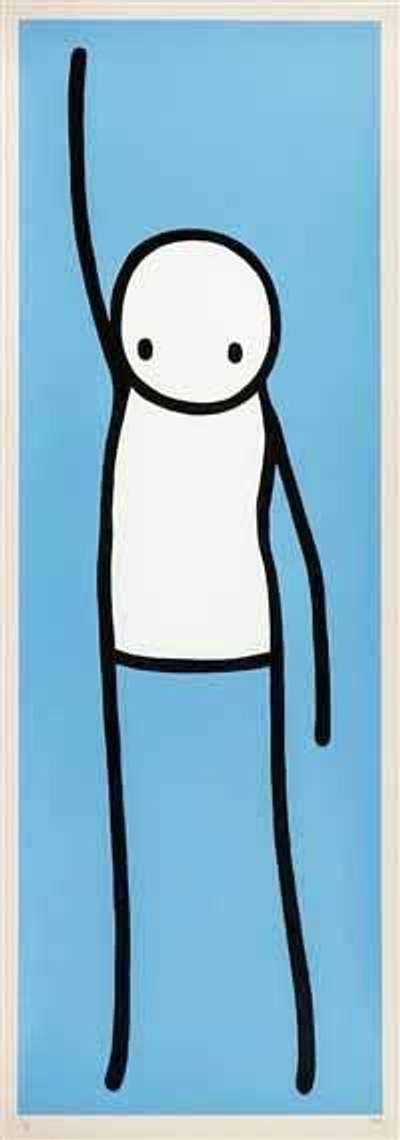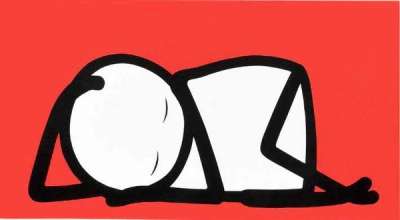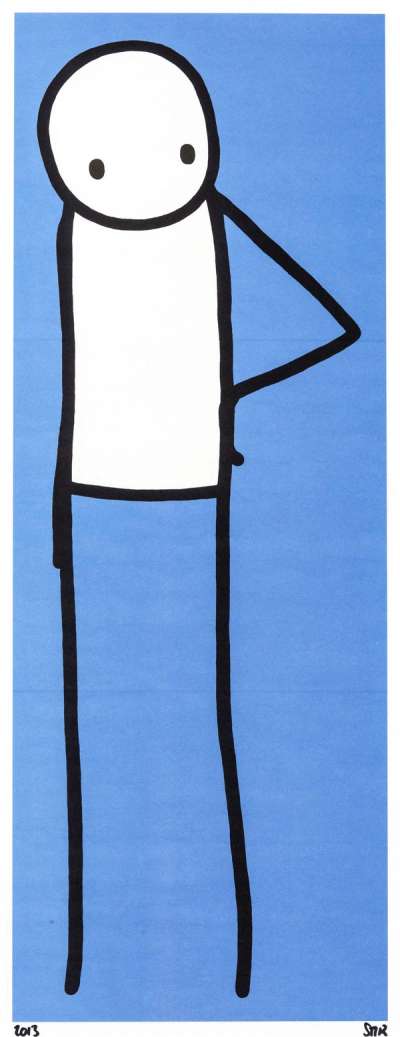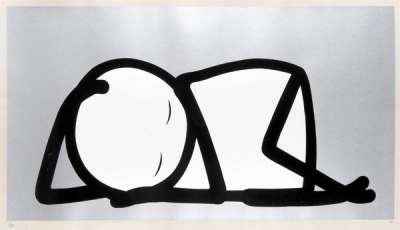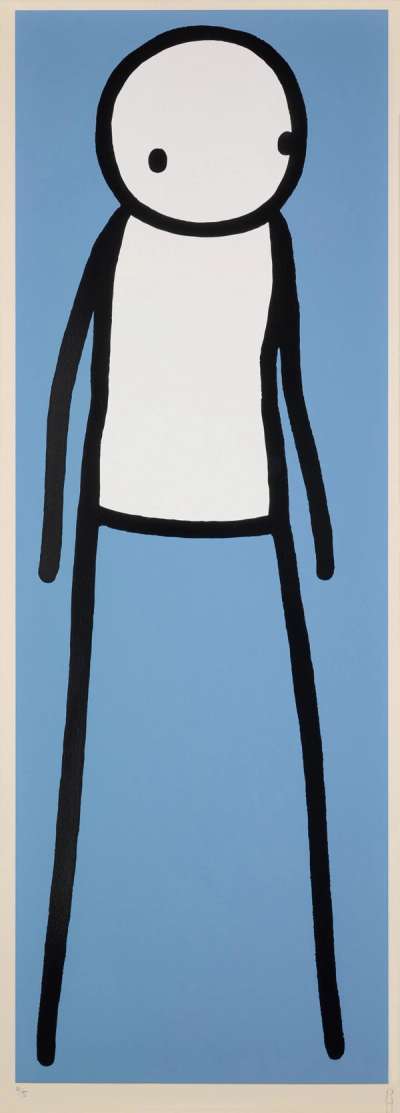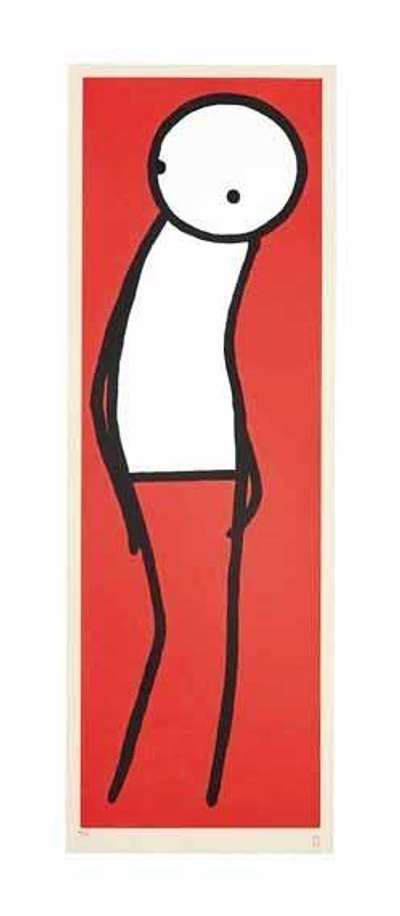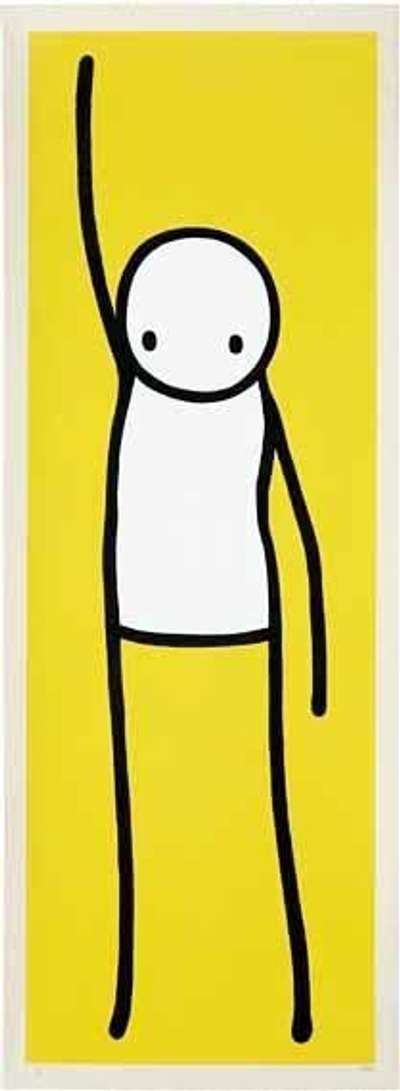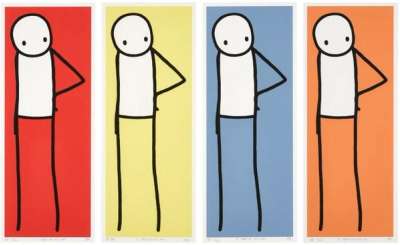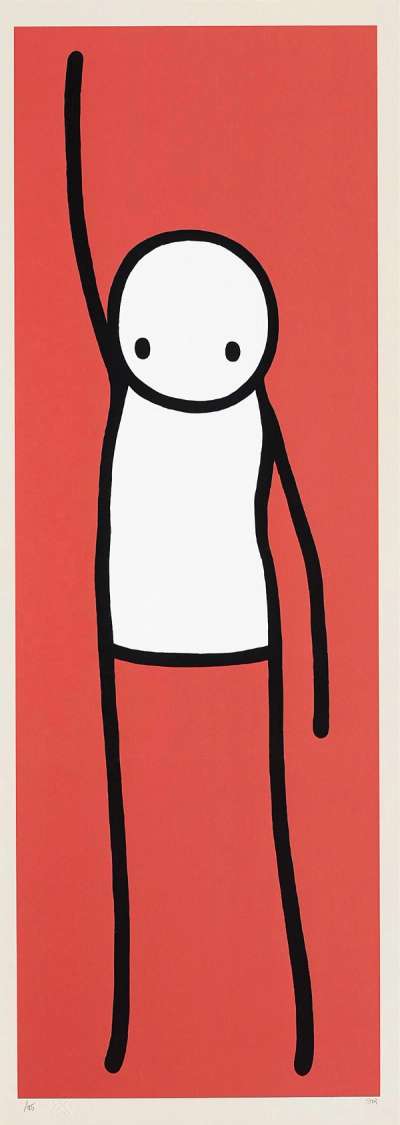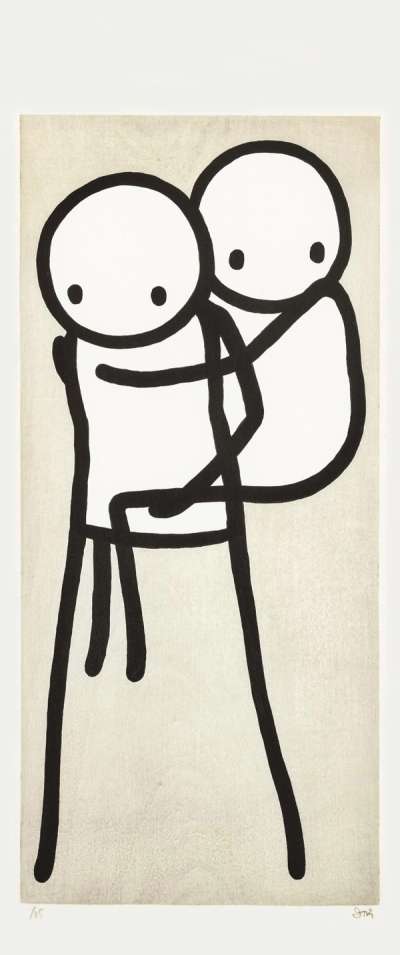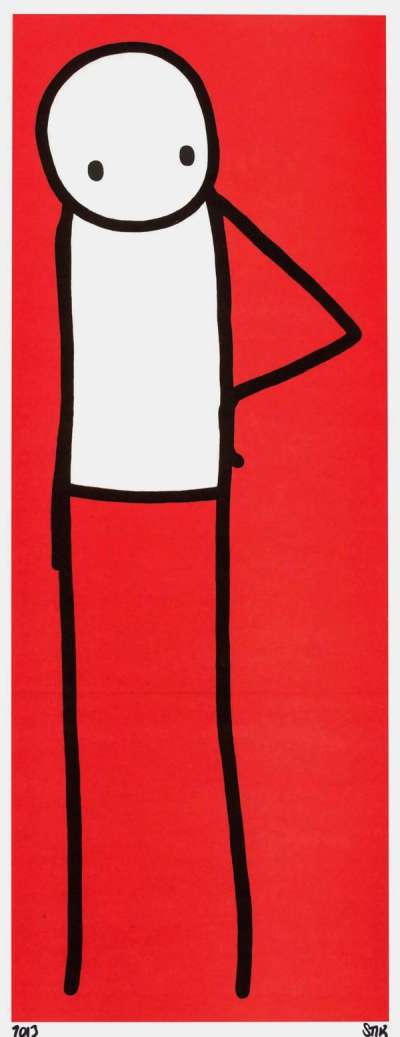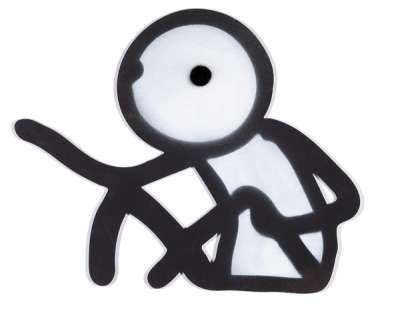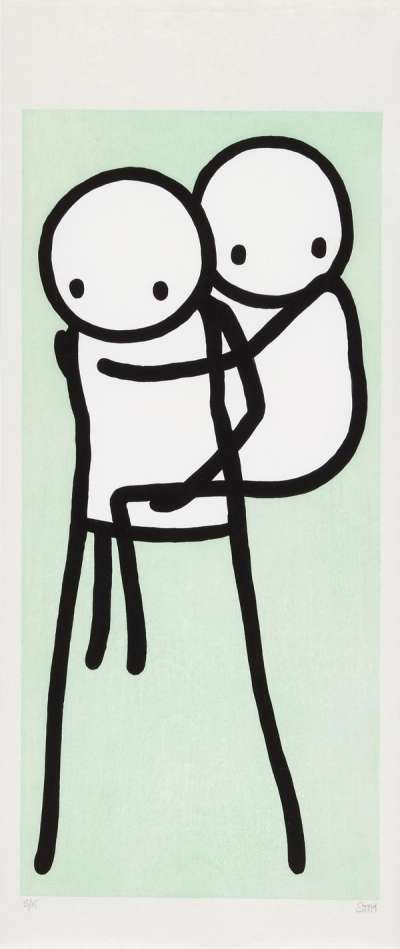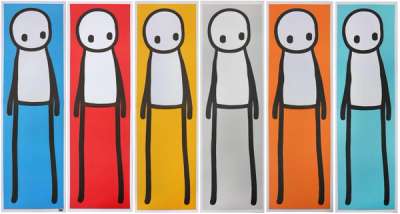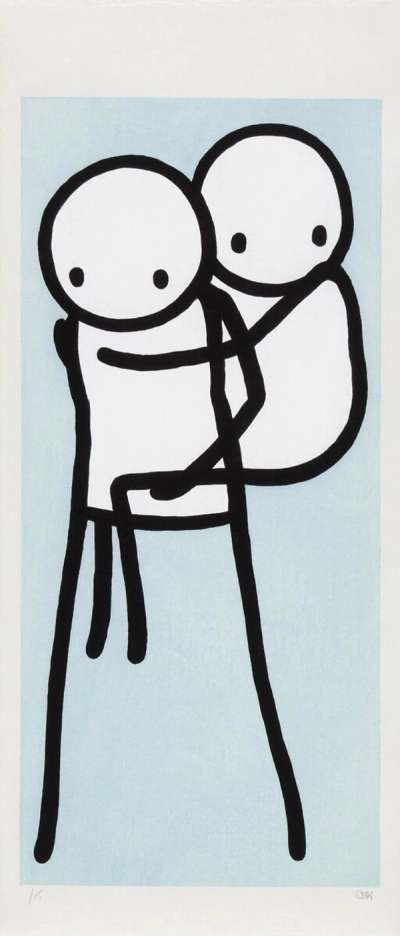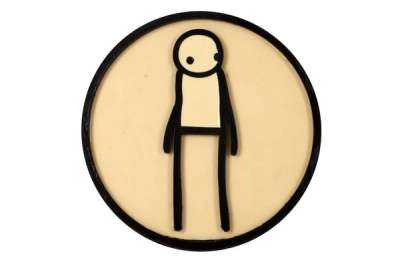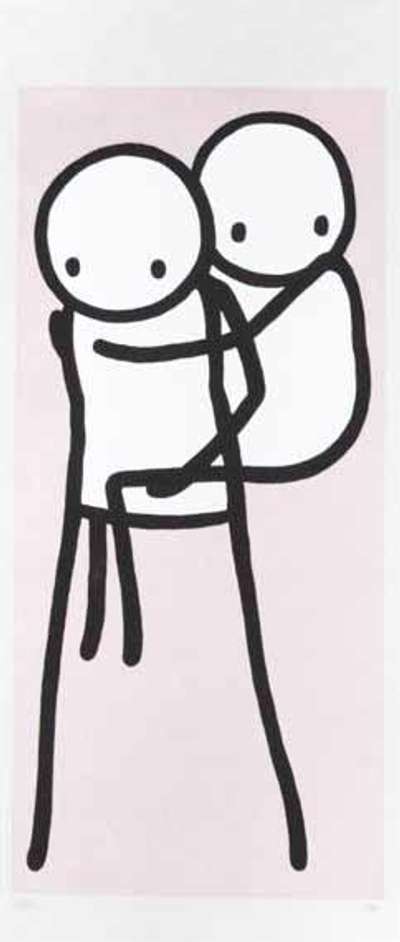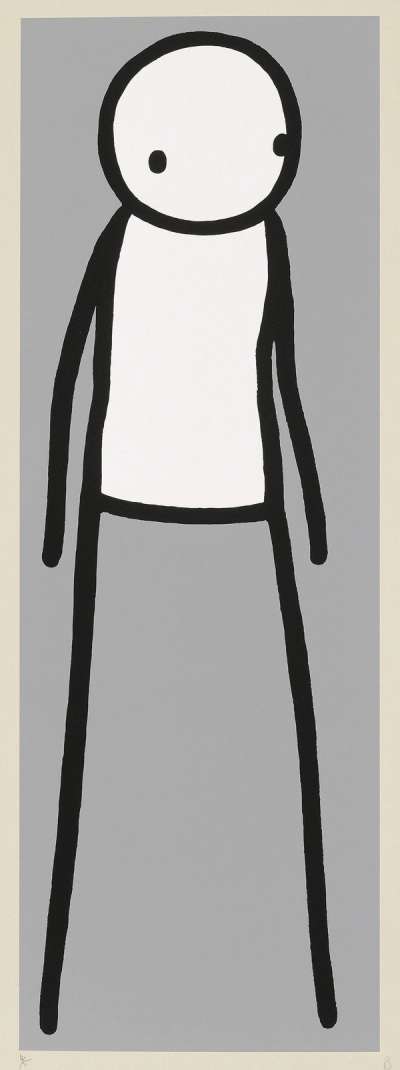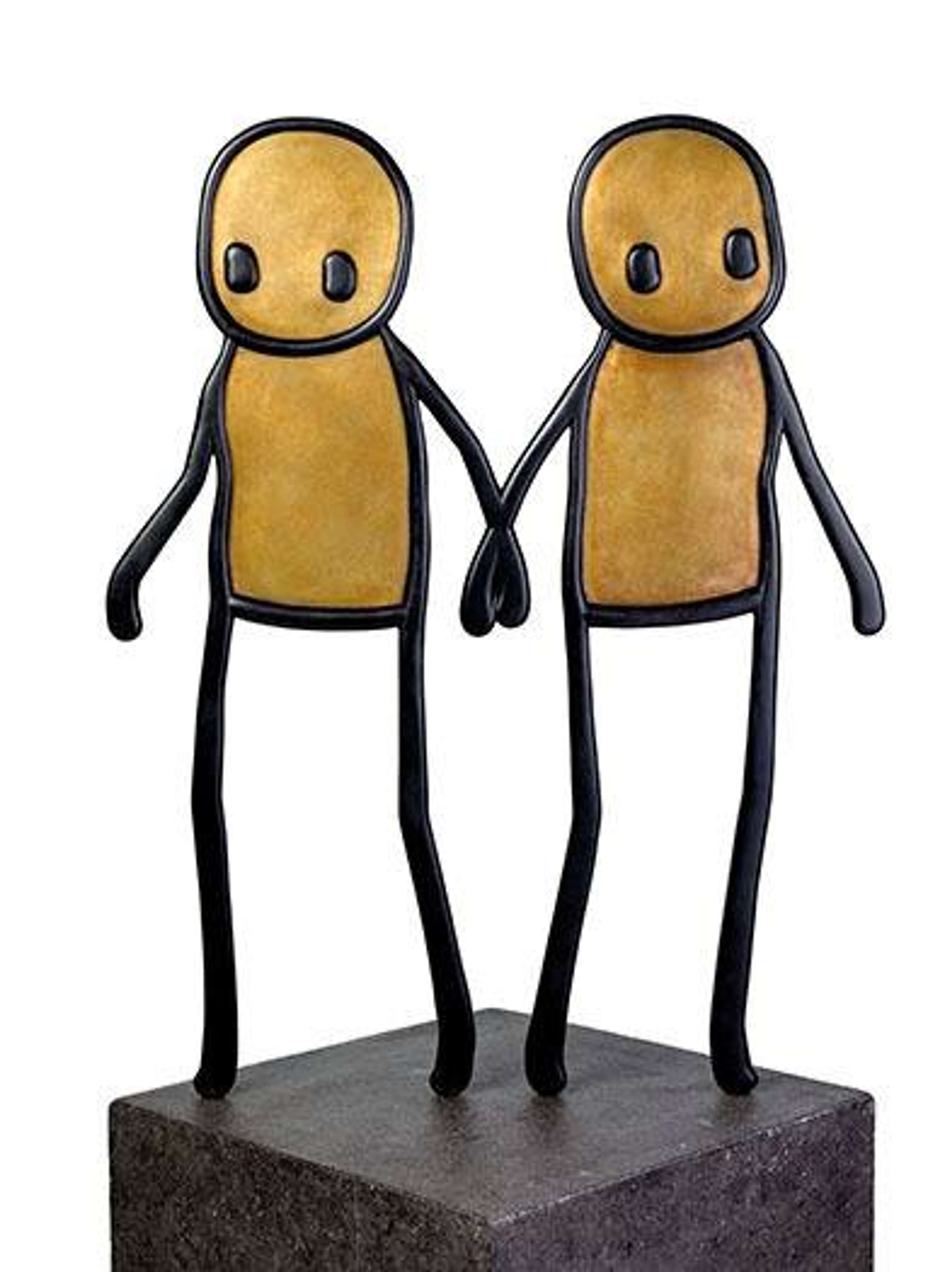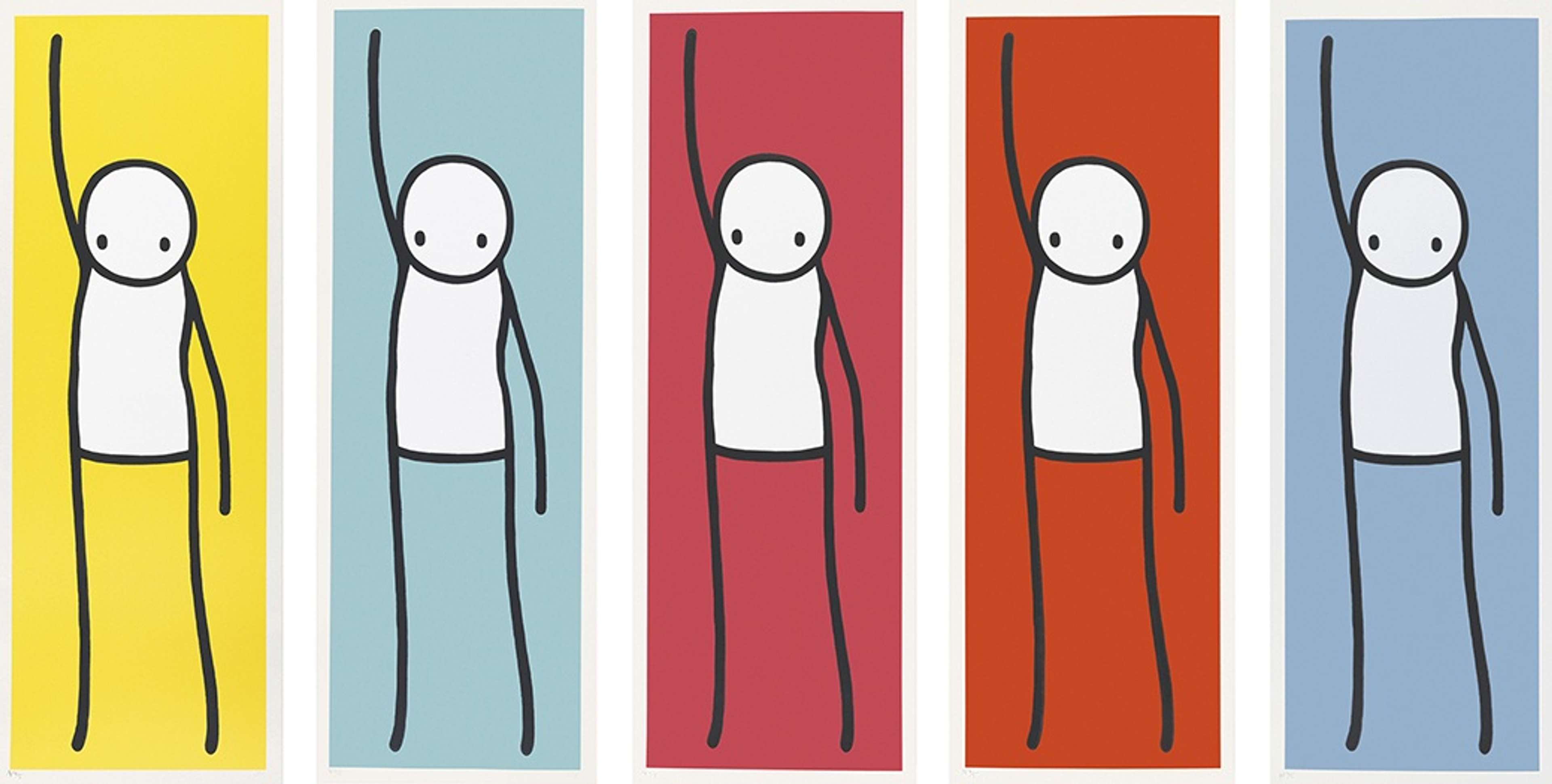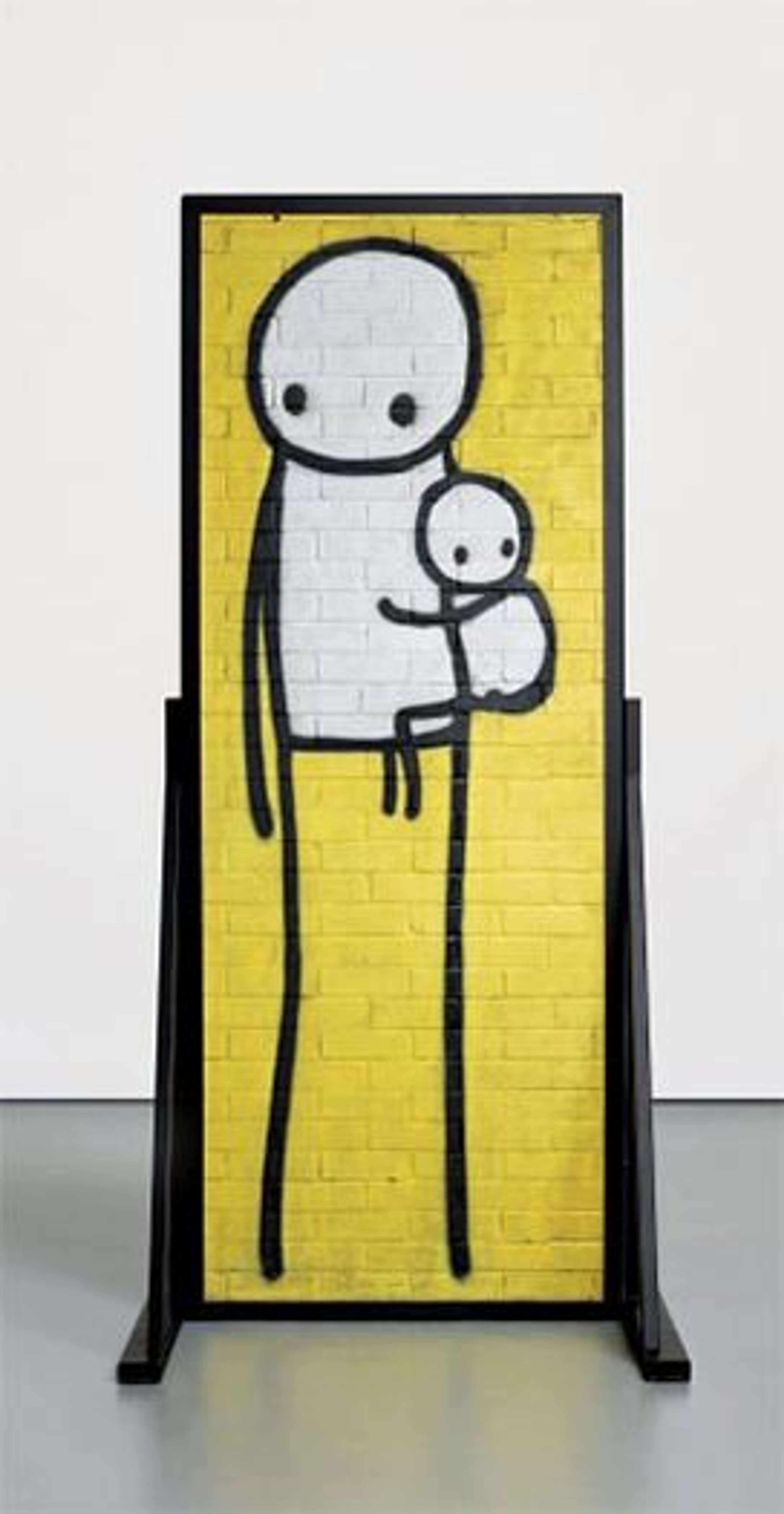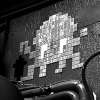Stik
Hackney-based street artist STIK has become prolific amongst activists and art-lovers alike through his internationally-recognised motif of the evolved stick man. If you’re looking for original STIK prints and editions for sale or would like to sell, request a complimentary valuation and browse our network’s most in-demand works.
Stik art for sale
Discover Stik prints for sale, exclusively available through our private network of collectors. Explore signed and unsigned screenprints, lithographs, digital prints, and rare editioned proof prints by era-defining blue chip artists.
Sell Your Art
with Us
with Us
Join Our Network of Collectors. Buy, Sell and Track Demand
Biography
Hackney-based graffiti artist STIK is known for his iconic, six-line two-dot stick figures. Stik's works have been found in public spaces all around the globe and are instantly recognisable.
Little is known about Stik's biography. Without any formal training at art school, Stik began drawing stick figures as a young child and has never since veered from a strikingly simplistic style. Stik's androgynous figures first appeared on the streets of Hackney Wick in London in the early 2000s, later spreading to Shoreditch and then west towards the rest of London. Discussing his unconventional training in the urban streets of London, Stik claims, “that became an education in itself. I learned from my contemporaries.”
Still experimenting with his style and materials, Stik's first solo show took place in the NO: ID Gallery, a squatted art space in Shoreditch. His now-famous murals were then rendered in black and white out of necessity rather than stylistic preference. For these very early murals, all Stik required was a can of black spray paint from Pound Shop and some white household paint. The artist explains, “I was pretty broke and painted on found materials, pulling things out of rubbish bins.”
Stik’s career was defined in 2008, when he exhibited his works at the famous music and art space, The Foundry in East London. His incredible rise to success is emphasised by a comment he made on his relationship to the venue, explaining: “That was a very important venue to me because I used to clean the toilets there.”
In 2014, Stik painted what is now his most famous work, Big Mother, a mural that was located on the side of Charles Hocking House in Action in West London, before its demolition in 2018. At 125ft, this prominent Stik work was the tallest mural in Britain, and displayed a poignant image of two iconic Stik figures, a mother carrying her child, against a bright yellow background. Astonishingly, Stik painted this enormous mural by hand by using an airless compressor to apply the paint to the concrete. Stik has spoken of the way that this important project aimed to address issues at the heart of displaced communities: “The mother is looking out to the horizon, wondering whether she’ll go once the building is demolished, while the child’s eyes are fixed on the luxury apartments being built opposite this social housing block. Obviously, the child is not going to be living in those apartments – the final destination is unknown. But I also wanted to convey some sort of hope. I think that hope is probably one of the most melancholy of emotions. I tried to convey that in this piece more than most.”
Today, Stik has a coffee table book that outlines his artistic career and has been commissioned by high calibre organisations like the Q Music Awards and The British Council.

